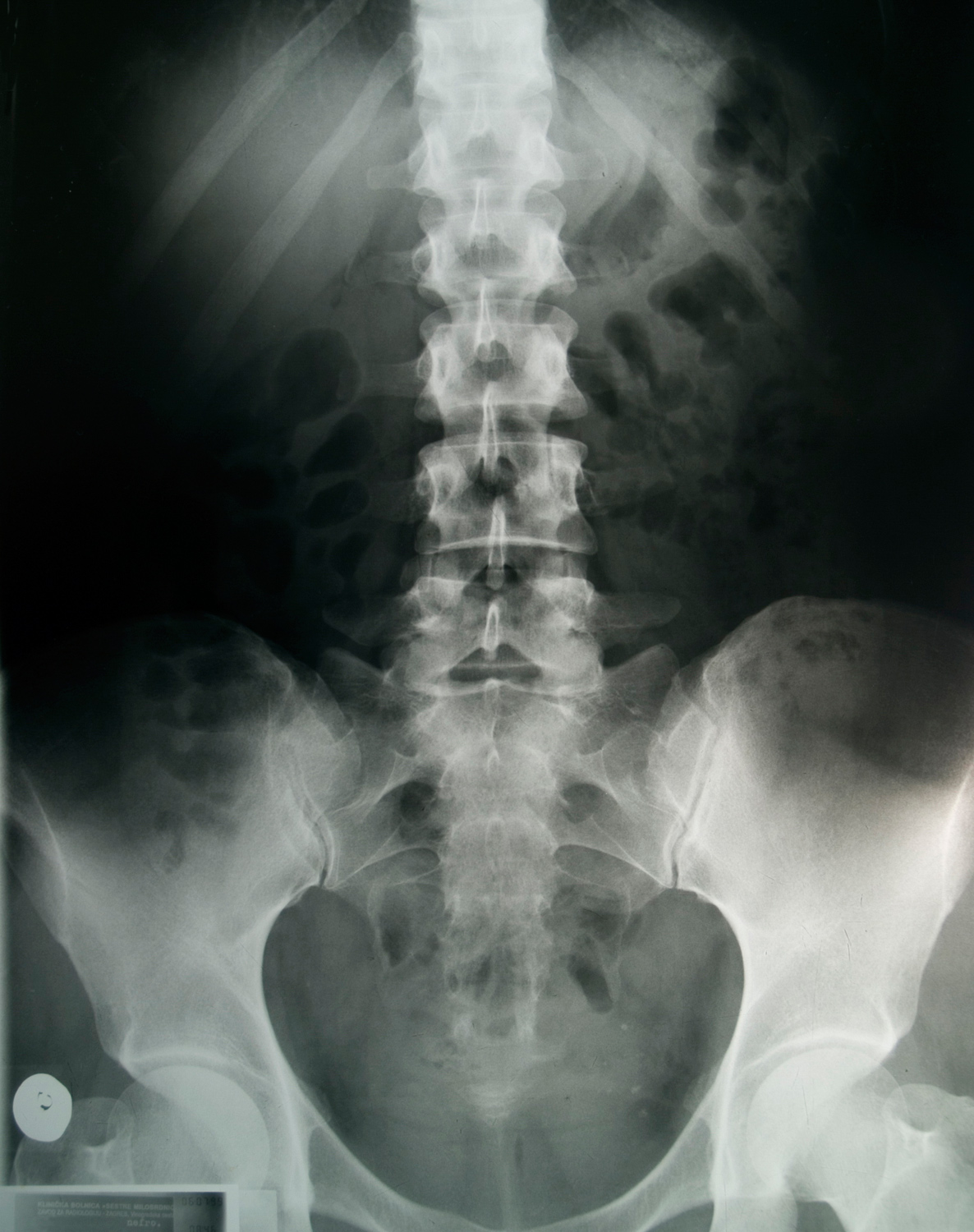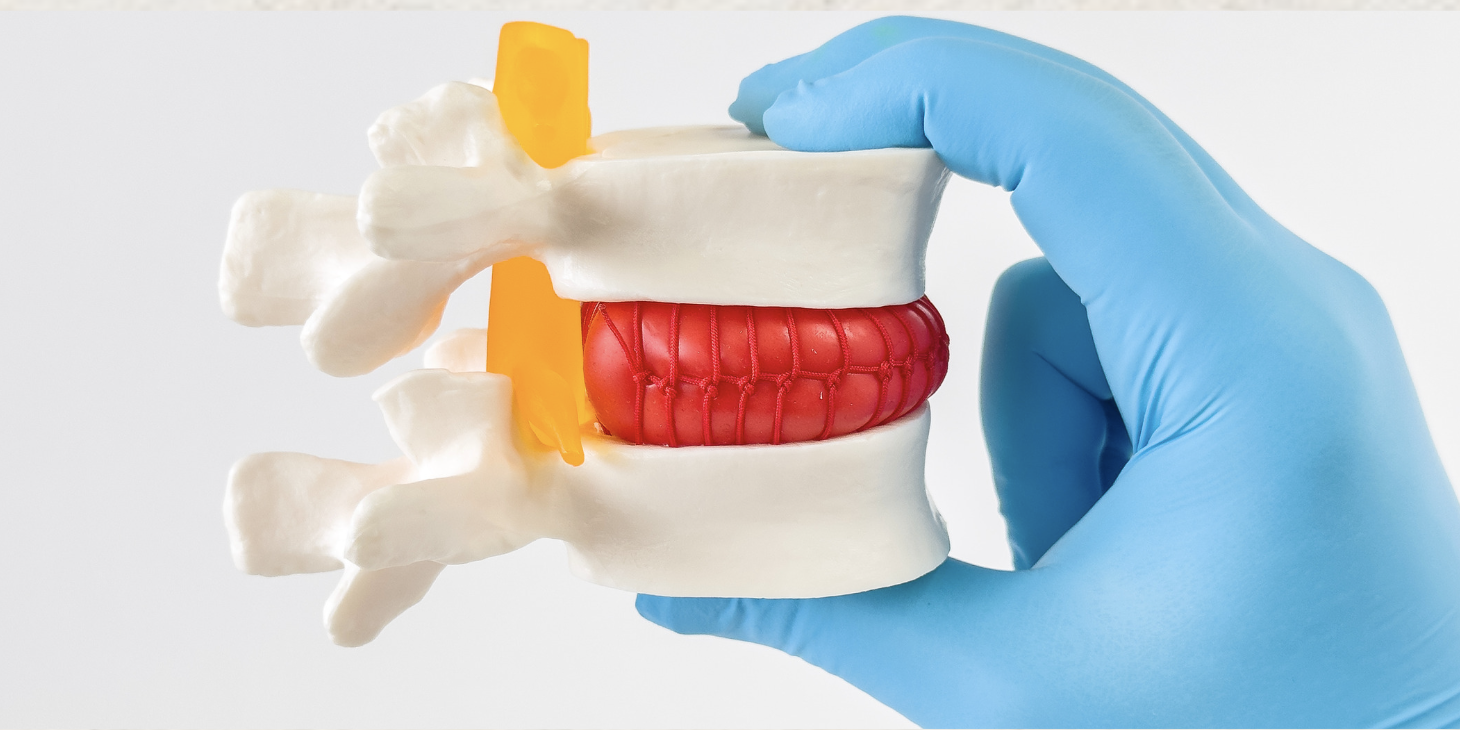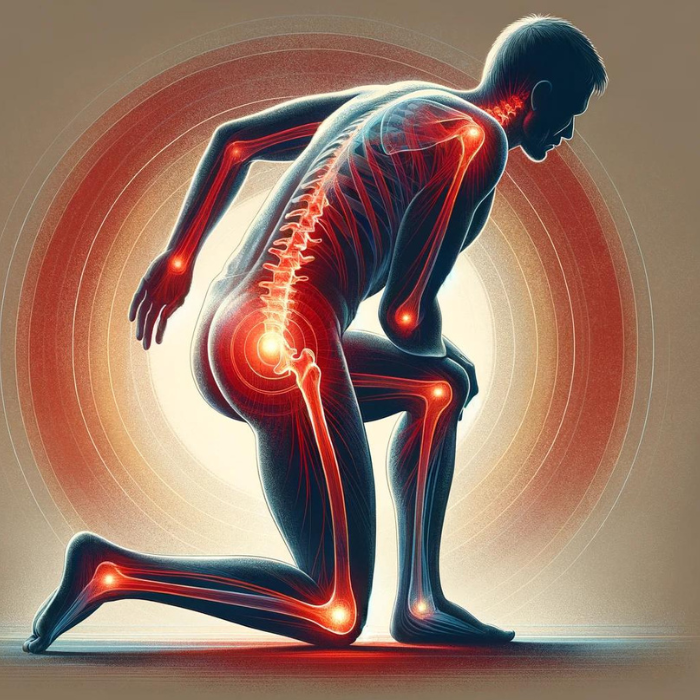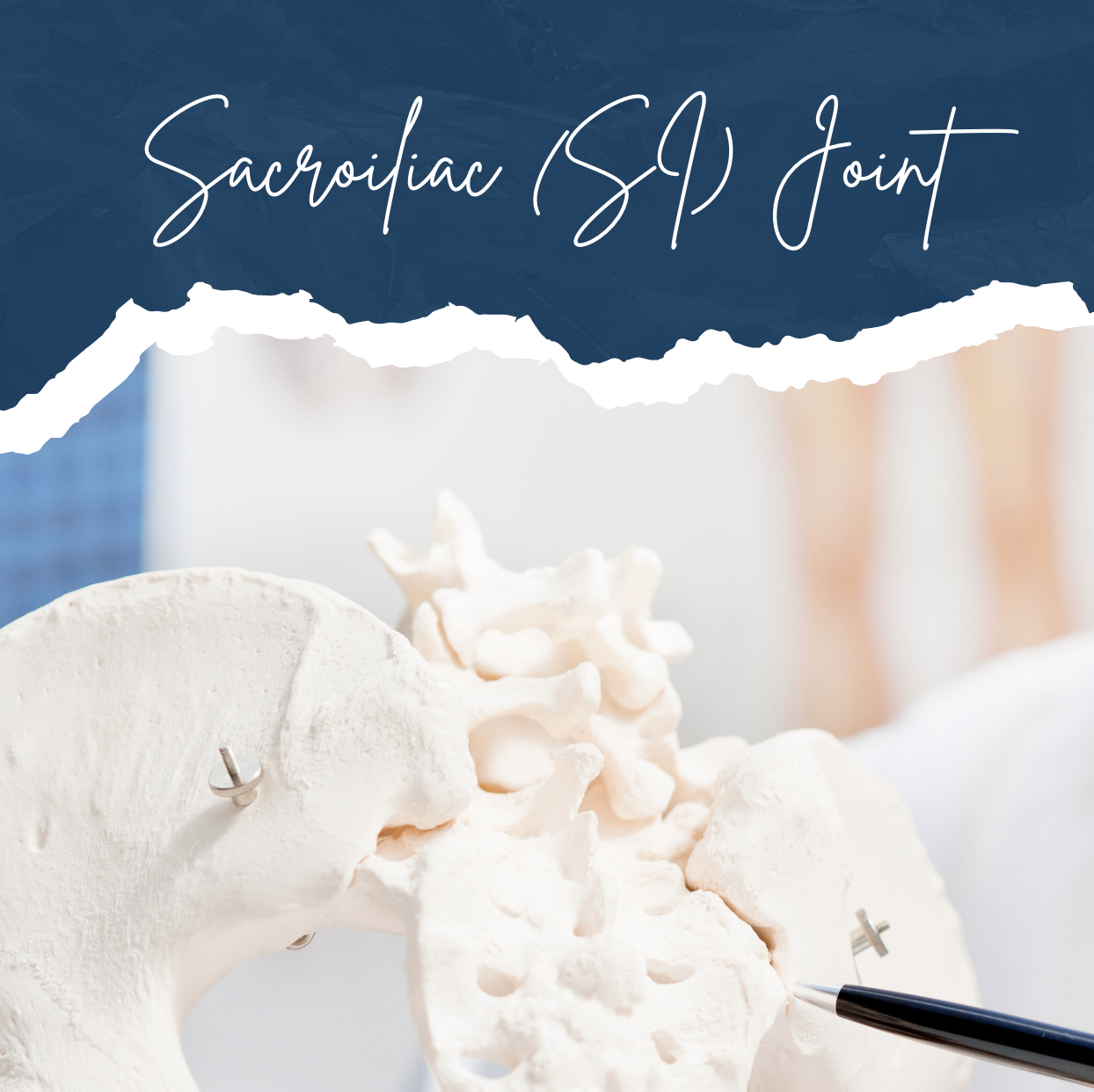Pelvic pain occurs mostly in the lower abdomen area below the navel, the pelvis (or perineum). This type of pain is usually described as a dull aching or pressure that is spread out, or sharp and stabbing in a specific spot. The pain may be intermittent or constant – making it hard to sleep, work, or perform daily activities. Pain in the Pelvic area is most often associated with women. Women may feel pain during menstruation or during sex.
The pain may also be accompanied by symptoms, such as vaginal bleeding and/or discharge and lumbar (lower back) pain. Pelvic pain can be an indicative of a problem with one of the organs of the pelvis. These include the uterus, ovaries, fallopian tubes, cervix, or the vagina, itself.
Approximately 15% of women of childbearing age in the US have reported having pelvic pain in the lower abdomen and/or between the hips that has lasted at least 6 months.
Symptoms include:
- Pain in the hip, buttock, tailbone or pubic bone
- Pain in the joints of the pelvic area
- Muscle weakness within the muscles
- Changes in bowel and bladder control
- Tender areas of the pelvis, abdomen, lower back, or groin
- A sensation of heaviness as if the patient is sitting on something hard, like a small ball
- Pelvic pain is considered “chronic” when it lasts longer than 6 months and some women have more than one cause occurring simultaneously. There are many things that can cause chronic pelvic pain (CCP). In men, the root cause of pelvic pain could be a problem with the prostate. However, in both men and women, it might also be a symptom of infection of the urinary tract, lower intestines, rectum, muscle, or bone.
Conditions such as endometriosis, Adenomyosis, fibroids, an ectopic pregnancy or cancer are some of the main causes. However, appendicitis, kidney stones, scar tissue from previous infection or surgery, irritable bowel syndrome (IBS), a change in the position of the pelvic organs known as “prolapse”, and various problems with the muscles, joints, and ligaments in the pelvis, lower back, or hip can also be contributing factors.
Diagnosis can be tricky and some physicians don’t take CCP seriously. However, trained specialists such as Dr. Maria Alejandra De La Peña at Spine and Wellness Centers of American are able to use state of the art diagnostic tools to diagnose and provide therapeutic services to those suffering from the condition.
It’s important to note that in some cases, even after a disease has run its course and/or been treated – or an injury has fully healed, affected nerves can keep on sending pain signals to the brain. This is known as neuropathic pain and it may explain the difficulty in finding the root cause of chronic pelvic pain in some patients.
Patients may have lab and imaging along with other medical tests to pinpoint the reason for the pain. Treatment will then depend on that cause – as well as pain level and how often it occurs.
With a diagnosis in hand, Dr.De La Peña is then able to recommend the optimum treatment plan to treat the condition and offer patients relief from pain.
Treatments
Medications such as neuropathic pain medications which include tricyclic antidepressants, serotonin-norepinephrine reuptake inhibitors (SNRIs) and anticonvulsants may offer some release in that they can make the nerves less sensitive to stimulation and pain. Nonsteroidal anti-inflammatory drugs (NSAIDS) come with very little risk of dependency and have been shown to reduce pain. Muscle relaxants such as oral medicines or even botox injections may be used to treat musical spasms which can contribute to pain. Vaginal suppositories and cream
can also help relieve symptoms in women.
IV lidocaine infusion is a procedure that can be given for both chronic and neuropathic pain. Lidocaine has shown the ability to block abnormal firing of the nerves that are causing the pain. While the lidocaine is being slowly infused, a patient’s vital signs are closely monitored. Pain relief can last from a few hours to weeks.
Nerve Blocks are interventional techniques that work to block the pain signals sent from specific nerves. Performed under x-ray guidance in Dr. De La Pena’s state of the art clinic, the options include: Sympathetic nerve blocks such as a hypogastric block to interrupt nerve pain signals from parts of the uterus, bladder, and GI tract. A ganglion impar block is used for post-radiation cancer patients of the cervix, bladder, rectum and endometrium, as well as for patients with coccydynia (pain originating from the coccyx). Somatic nerve block targets vaginal pain that is secondary to nerve injury from conditions such as endometriosis, entrapment, surgical injury, herpetic infection, multiple sclerosis, and interstitial cystitis. It targets the pudendal nerve that affects the uterus, labia and vagina.
Trigger point injections in the abdomen are used to numb areas with a local anesthetic that may reduce or even eliminate pain. Abdominal “trigger points” are painful tissues that are usually found in the muscular layer of the abdominal wall. They are tender or painful and sharp. The pain may even radiate down the back, to the groin and legs. Though the anesthetic is temporary, women with neuropathic pain usually gain longer lasting relief. This relief may last from a few days to a few months or completely resolve.
The transcutaneous electrical nerve stimulator (TENS) is a small device used for chronic pain. Powered by a battery, it attaches via wires to patches placed over the area to be treated. These patches deliver mild electrical currents directly to the skin which acts to block pain from the nerves below.
Neuromodulation is a surgically placed device that blocks pain by sending electrical impulses to nerves in the lower spine. An external device is used for a week to determine the effectiveness of the procedure. If it is successful in relieving a patients’ pain, then the device is implanted via a surgical procedure that is reversible. The device may be removed at a later stage once the pelvic pain has resolved.
Physical therapy can help people who experience pelvic pain restore strength and flexibility to the muscles and joints in the pelvic region – thereby reducing pain. Massage techniques can also strengthen muscles in order to reduce pain.
Though relief from CPP depends on the root cause, Dr. Maria Alejandra De La Peña, MD is a board-certified Anesthesiologist with a subspecialty certification in Pain Medicine who is one of the few specialists in the Ft. Lauderdale area to offer such cutting edge and world-class treatments.
These procedures are all safe and effective with the aim of helping patients get back to their daily routine and recreational activities as soon as possible. Improved quality of life is the mission and goal of leading a pain free healthful life.





